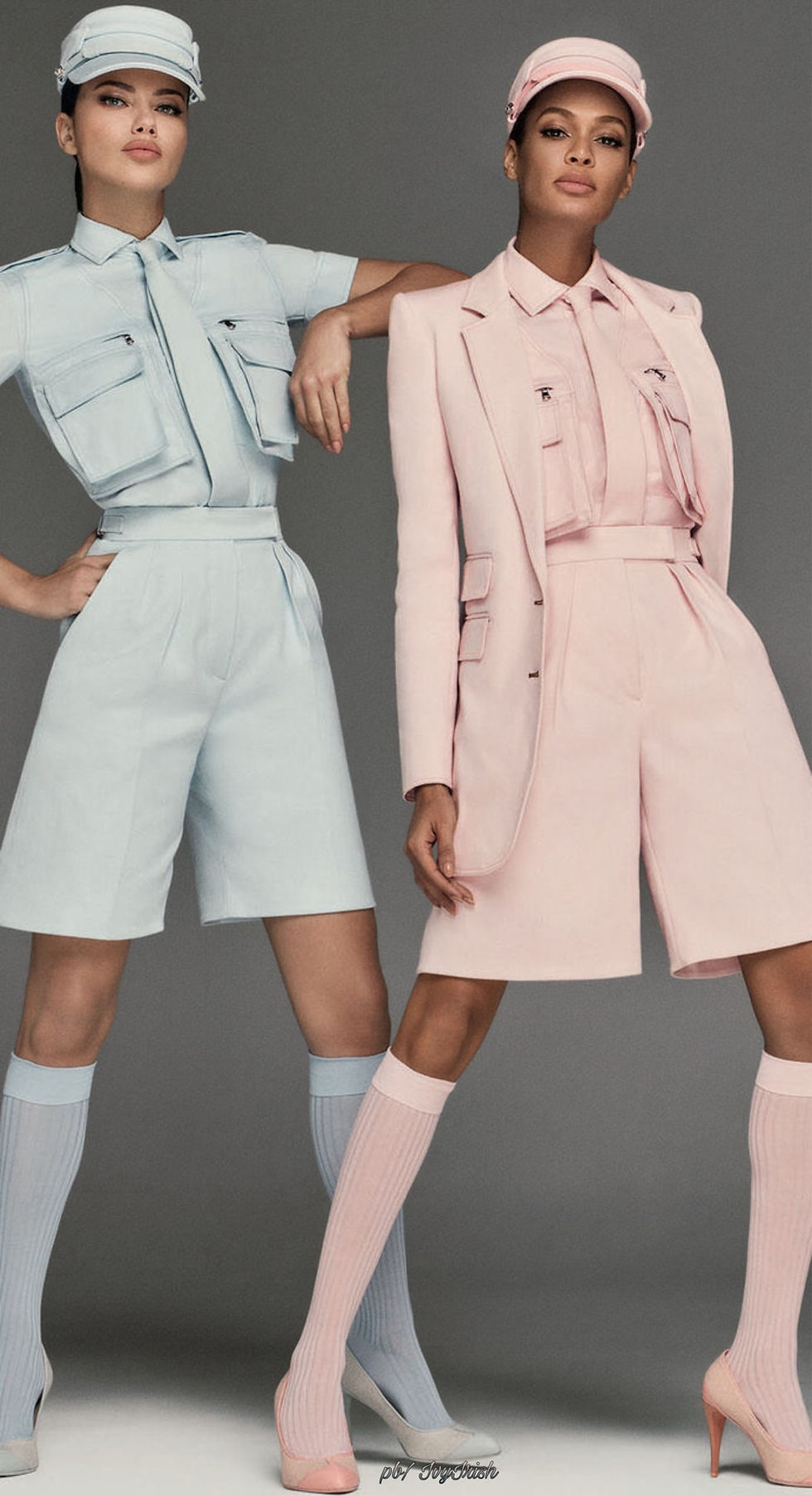In the ever-changing landscape of fashion, one aspect remains constant: the power of clothing to convey strength, confidence, and authority. From the pioneering suffragettes to the modern businesswoman, the concept of power dressing for women has undergone a fascinating evolution, reflecting the shifting roles and aspirations of women in society. Let's embark on a journey through history to explore how fashion has been used as a tool for empowerment and self-expression.
The Suffragette Movement:

In the late 19th and early 20th centuries, women fighting for the right to vote began to use clothing as a form of activism. The suffragettes adopted a distinct color palette of purple, white, and green, symbolizing dignity, purity, and hope. Their sartorial choices were a deliberate rejection of traditional feminine fashion, signaling their refusal to conform to societal expectations. By adopting a uniform of tailored jackets, high collars, and structured skirts, these women projected an image of seriousness and purpose, challenging existing power structures and demanding to be taken seriously.
The Rise of Power Suits

Fast forward to the 1980s, a pivotal era for women's fashion and workplace equality. The power suit became emblematic of women entering male-dominated corporate environments. Shoulder pads, tailored blazers, and wide-legged trousers became the uniform of choice for career-driven women, signaling their ambition and determination to compete on an equal footing with men. This bold and assertive style represented a visual shift in the traditional power dynamics of the workplace, as women sought to command respect and authority through their attire.
Modern Interpretations

Today, power dressing for women has taken on a more diverse and individualistic character. While the structured power suits of the 1980s still hold sway in some professional settings, many women are redefining what it means to dress powerfully. From bold, vibrant colors and unconventional silhouettes to a fusion of masculine and feminine elements, contemporary power dressing reflects a broader spectrum of personal expression and empowerment. The emphasis has shifted from emulating the traditional male aesthetic to embracing a uniquely feminine, yet commanding, style that celebrates individuality and confidence.
In conclusion, my dear readers, the history of power dressing for women is a testament to the transformative potential of fashion. From the suffragettes' defiance of societal norms to the modern woman's assertion of her identity in the workplace, clothing has been a powerful instrument of change and self-expression. As we look to the future, it's essential to recognize the continued significance of power dressing in shaping perceptions and breaking barriers. By understanding the evolution of power dressing, we can appreciate the role of fashion in empowering women and inspiring confidence, not only in their attire but also in their endeavors.
תגובות